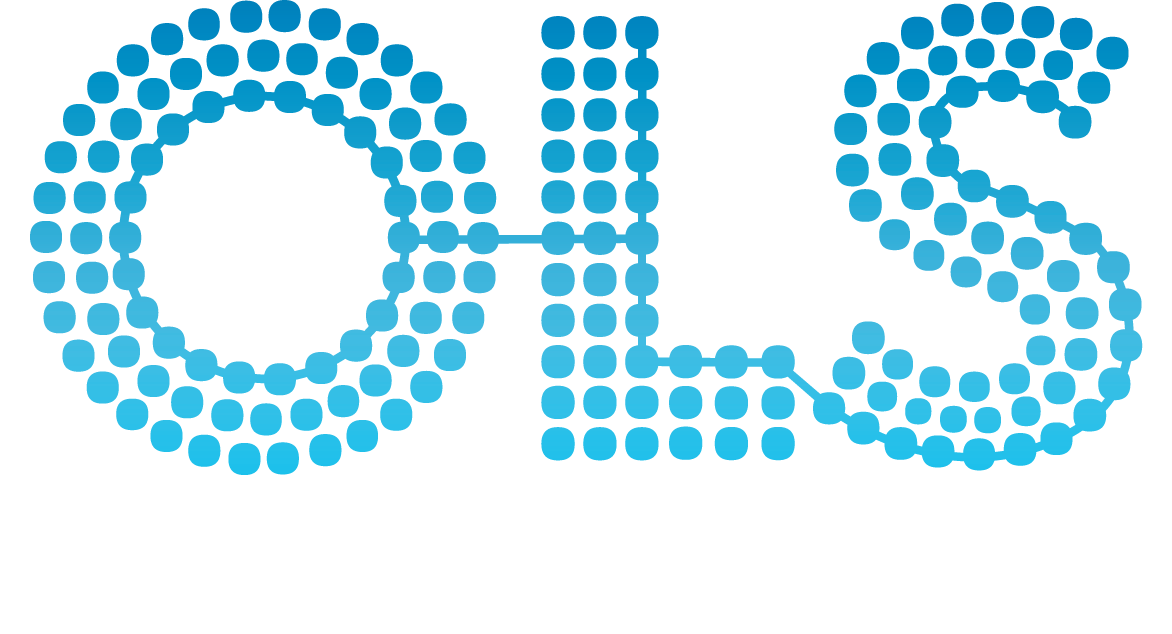|
hormone catabolic process
|
GO_0042447 |
[The chemical reactions and pathways resulting in the breakdown of any hormone, naturally occurring substances secreted by specialized cells that affects the metabolism or behavior of other cells possessing functional receptors for the hormone.] |
|
hyolaryngeal complex
|
UBERON_3000226 |
[Complex formed by two units, the hyoid and laryngeal apparatuses, which are both derived from the larval hyobranchial skeleton.] |
|
hyobranchial muscle
|
UBERON_3000224 |
|
|
catechol-containing compound biosynthetic process
|
GO_0009713 |
[The chemical reactions and pathways resulting in the formation of catechol-containing compounds. Catechol is a compound containing a pyrocatechol nucleus or substituent.] |
|
phenol-containing compound biosynthetic process
|
GO_0046189 |
[The chemical reactions and pathways resulting in the formation of a phenol, any compound containing one or more hydroxyl groups directly attached to an aromatic carbon ring.] |
|
response to endogenous stimulus
|
GO_0009719 |
[Any process that results in a change in state or activity of a cell or an organism (in terms of movement, secretion, enzyme production, gene expression, etc.) as a result of a stimulus arising within the organism.] |
|
negative regulation of norepinephrine secretion
|
GO_0010700 |
[Any process that decreases the frequency, rate or extent of the regulated release of norepinephrine.] |
|
negative regulation of catecholamine secretion
|
GO_0033604 |
[Any process that stops, prevents, or reduces the frequency, rate or extent of the regulated release of a catecholamine.] |
|
regulation of norepinephrine secretion
|
GO_0014061 |
[Any process that modulates the frequency, rate or extent of the regulated release of norepinephrine.] |
|
positive regulation of norepinephrine secretion
|
GO_0010701 |
[Any process that increases the frequency, rate or extent of the regulated release of norepinephrine.] |
|
positive regulation of catecholamine secretion
|
GO_0033605 |
[Any process that activates or increases the frequency, rate or extent of the regulated release of a catecholamine.] |
|
protein localization to microvillus
|
GO_1904106 |
[A process in which a protein is transported to, or maintained in, a location within a microvillus.] |
|
infrarostral cartilage
|
UBERON_3000237 |
[Larval lower jaw lies anterior to Meckels cartilage.] |
|
inferior prenasal cartilage
|
UBERON_3000234 |
[Elongate cartilage that extends anteroventrally from the solum nasi to abut the ventral portion of the posterior aspect of the alary process of the premaxilla. It was first described by Wiedersheim in 1876.] |
|
response to hormone
|
GO_0009725 |
[Any process that results in a change in state or activity of a cell or an organism (in terms of movement, secretion, enzyme production, gene expression, etc.) as a result of a hormone stimulus.] |
|
positive regulation of epithelial to mesenchymal transition
|
GO_0010718 |
[Any process that increases the rate, frequency, or extent of epithelial to mesenchymal transition. Epithelial to mesenchymal transition is where an epithelial cell loses apical/basolateral polarity, severs intercellular adhesive junctions, degrades basement membrane components and becomes a migratory mesenchymal cell.] |
|
regulation of epithelial to mesenchymal transition
|
GO_0010717 |
[Any process that modulates the rate, frequency, or extent of epithelial to mesenchymal transition. Epithelial to mesenchymal transition where an epithelial cell loses apical/basolateral polarity, severs intercellular adhesive junctions, degrades basement membrane components and becomes a migratory mesenchymal cell.] |
|
negative regulation of epithelial to mesenchymal transition
|
GO_0010719 |
[Any process that decreases the rate, frequency, or extent of epithelial to mesenchymal transition. Epithelial to mesenchymal transition where an epithelial cell loses apical/basolateral polarity, severs intercellular adhesive junctions, degrades basement membrane components and becomes a migratory mesenchymal cell.] |
|
positive regulation of collagen metabolic process
|
GO_0010714 |
[Any process that increases the frequency, rate or extent of the chemical reactions and pathways resulting in the metabolism of collagen, any of a group of fibrous proteins of very high tensile strength that form the main component of connective tissue in animals.] |
|
regulation of collagen metabolic process
|
GO_0010712 |
[Any process that modulates the frequency, rate or extent of the chemical reactions and pathways resulting in the metabolism of collagen, any of a group of fibrous proteins of very high tensile strength that form the main component of connective tissue in animals.] |
